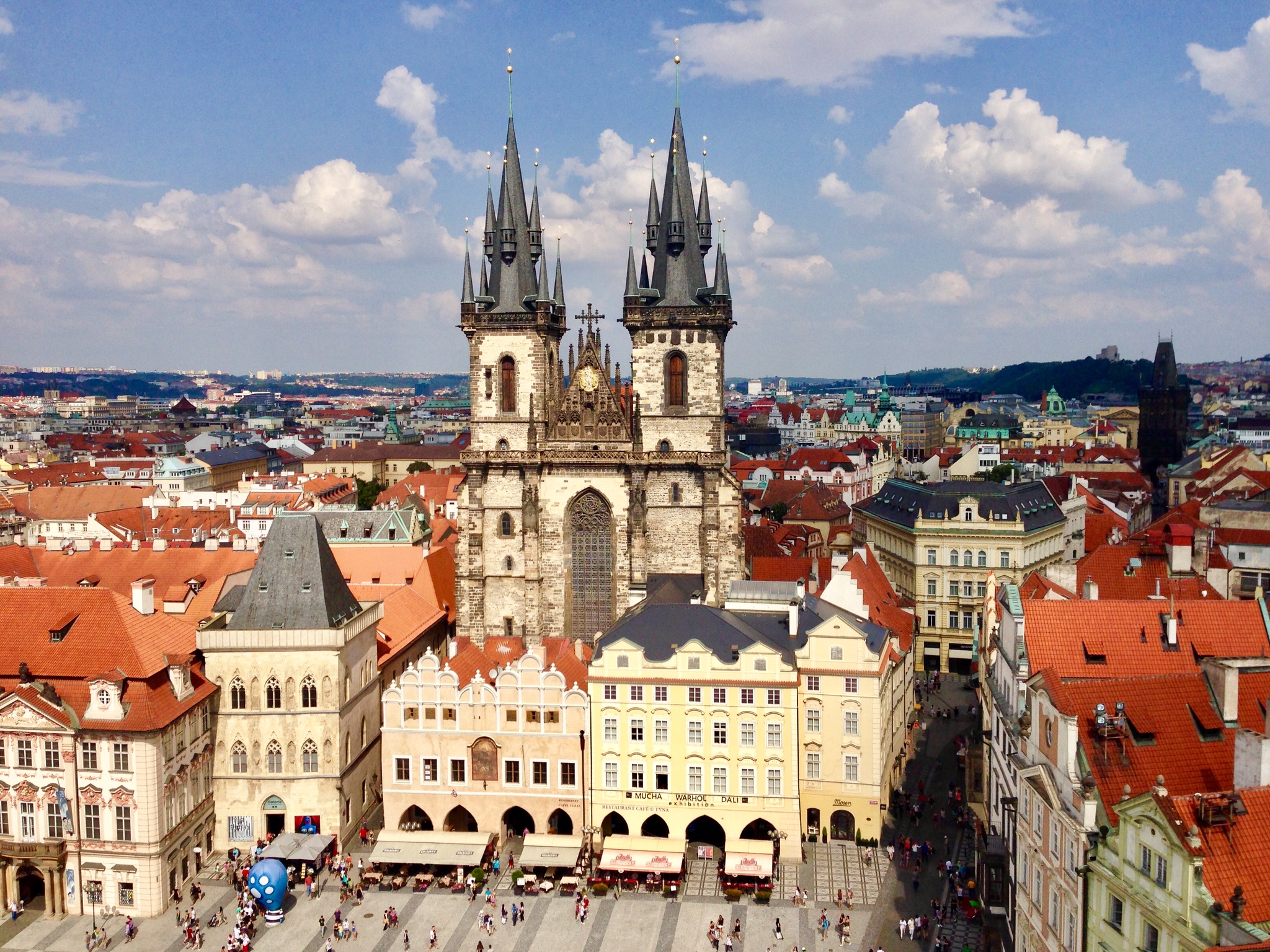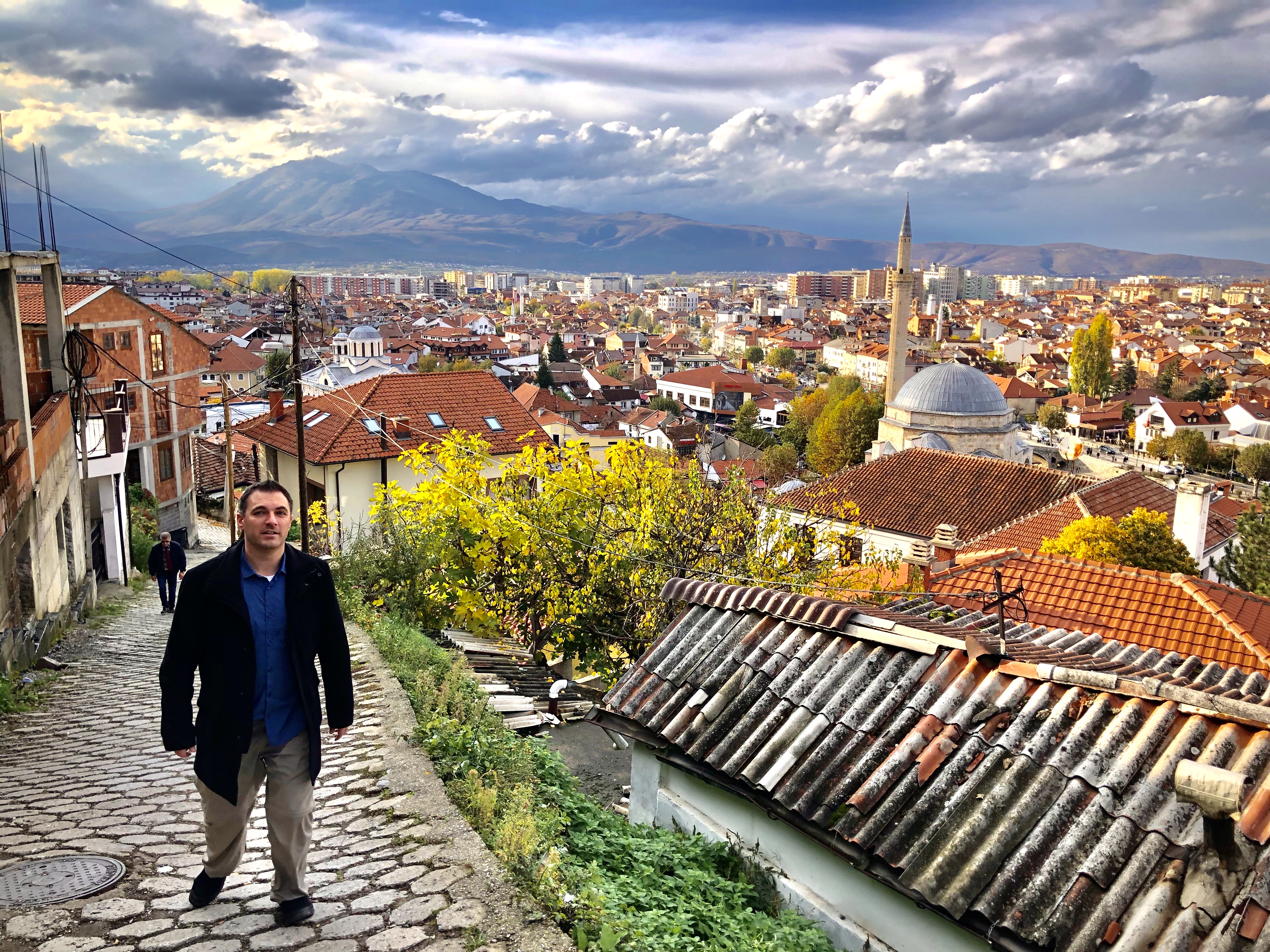Introduction
There are 44 countries in Europe today with dozens of cities with populations of over one million residents. Many of these major cities have a long history that goes back thousands of years and at one point was either the capitol of a vast empire or achieved the title of richest city in the world.
The below list of top 10 cities to visit in Europe includes cities with varied architecture, food, language, culture, and history. As a result, these cities provide a great travel experience to gain a sense of the vast diversity within Europe.
10) Vienna, Austria
Vienna is the capital of Austria with a population of about 1.8 million residents and is the cultural, political, and economic center. The city started out as Celtic and Roman settlements before transforming into a Medieval and Baroque city, and then capital of the Austro-Hungarian Empire. The historic center is a UNESCO world heritage site with impressive architecture including Baroque castles, gardens, monuments and parks.
There is an abundance of fascinating museums to visit and the Natural History Museum is a must see with over 30 million objects being housed.

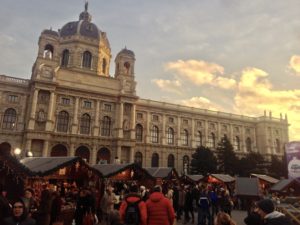
9) Barcelona, Spain
Located on the Mediterranean Sea, Barcelona was founded as a Roman city and currently has a population of 1.6 million residents. Barcelona is renowned for having many architectural works of Antoni Gaudí, which include the Sagrada Família, Park Güell, Casa Milà, and Casa Batlló.
Barcelona is a popular a tourist and cruise destination, with beaches, warm climate, and many historical monuments, including eight UNESCO World Heritage Sites.

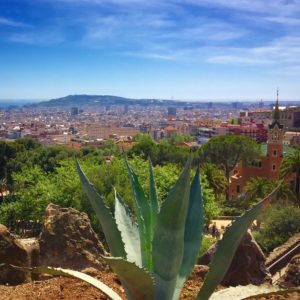
8) Riga, Latvia
Riga is the largest city of the three Baltic states and the capital of Latvia with a population of 642,000 inhabitants. Riga has been conquered several times and has been part of the Polish–Lithuanian Commonwealth, Swedish Empire, Russian Empire, German Empire, Nazi Germany, and Soviet Union before regaining independence in 1991 as part of the Republic of Latvia.
Riga is generally recognized to have the largest collection of Art Nouveau buildings in the world. The city is also known for its wooden buildings and pedestrian-only medieval old town with many restaurants, shops, and cobblestone streets.
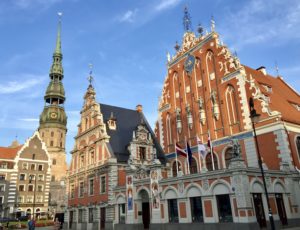
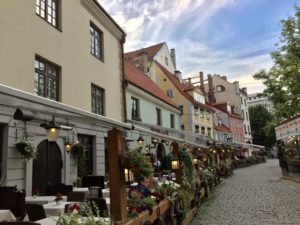
7) Budapest, Hungary
Budapest is the capital of Hungary and one of the most densely populated cities in Europe with a population of 1.7 million people. The city started as a Celt settlement, followed by the Romans, and then the Magyars that established the Kingdom of Hungary in the year 1000. The settlement was pillaged by the Mongols in 1241 and occupied by the Ottomans in 1541 which lasted for more than 140 years. After liberation from Germany at the end of WWII, the city was occupied by Soviet military until 1991.
Budapest has a wide range of architecture ranging from ancient Roman, to Gothic, Renaissance, Ottoman, Baroque, Classical, and Art Nouveau. If you are a fan of architecture, Budapest is one of the best cities in the world to see a wide range of grand buildings in so many varies types of architectural styles.
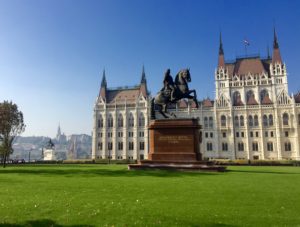
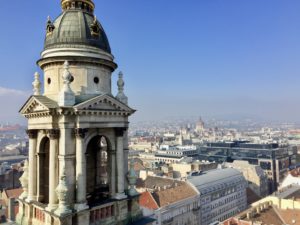
6) Krakow, Poland
Krakow is one of the oldest cities in Poland that dates back to the 7th century and today has a population of 767,000 people. In 1038 it became the seat of the Polish government and eventually a center of trade. Like Budapest, it was invaded and burned to the ground by a Mongol invasion in the year 1241 and again attacked in 1259. Poland has often found itself between large empires such as the Prussian, Habsburg, Russian, and Austro-Hungarian Empires. This has led to its territory being annexed or partitioned several times, making Poland one of the most invaded countries in History.
Having escaped much of the destruction in the world wars, Krakow still has many historical buildings which can actually be seen in historical order by walking from the city center outwards to newer districts. The Medieval old town Krakow has about about six thousand historic sites which include includes Gothic, Renaissance and Baroque buildings.
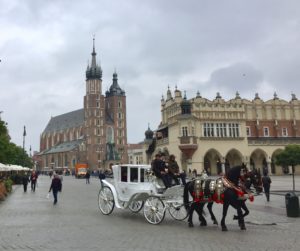
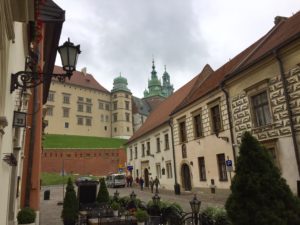
5) Amsterdam, Netherlands
Amsterdam has a population of 851,000 and is located in North Holland, Netherlands. Originally a small fishing village in the 1100s, Amsterdam became the richest city in the world by the 1600s and one of the most important trading ports in the world during the Dutch Golden Age.
During the 1600s, Amsterdam was the leading center of finance and diamonds with much of the canals and buildings being constructed during this time period. As a result, walking around Amsterdam is being in a snapshot in time of the 1600s, since many of the modern structures are located outside of the city center. The Amsterdam Stock Exchange is the oldest in world and located in the city center.
Main attractions in Amsterdam include the Anne Frank house, Van Gogh Museum, “Coffee Shops”, historic canals, nightlife, and festivals.
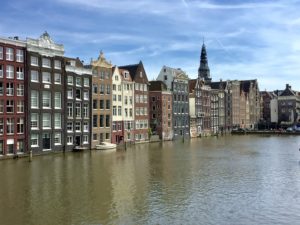
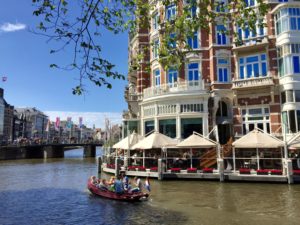
4) Rome, Italy
Rome is the capital of Italy with a population of 2.9 million people with a history that spans 28 centuries. At one point Rome was the capital of a vast empire that spanned across three continents and 2.5 million square miles.
An incredible amount of ancient structures can be seen including the Colosseum, Roman Forum, Pantheon, Circus Maximus, Baths of Caracalla, and Arch of Constantine. The city has layers upon layers of history that can be seen at every turn along the narrow cobblestone streets.
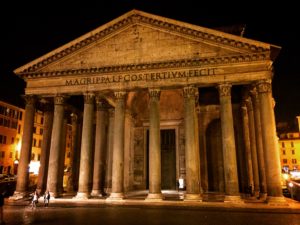
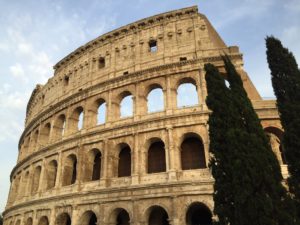
3) Istanbul, Turkey
Istanbul was historically known as Constantinople and was founded in the year 660 BC with a current population of 15 million residents. It served as imperial capitol of the Byzantine Empire for almost 16 centuries and then the capital of the Ottoman Empire from 1453–1922.
Known for its Byzantine and Ottoman architecture, Istanbul also has many famous ancient structures such as the Hagia Sophia, Valens Aqueduct, Basilica Cistern, and Hippodrome of Constantinople. At the peak of the Ottoman Empire, in the 16th and 17th centuries, many incredible structures were constructed such as the Süleymaniye Mosque, Sultan Ahmed Mosque, and Yeni Mosque.
Being located along the silk road and at the cross section of east and west, the food and culture of Istanbul has traces from all over the world.
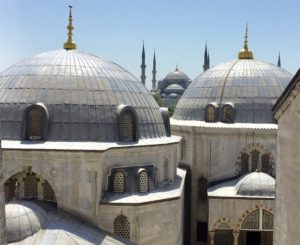
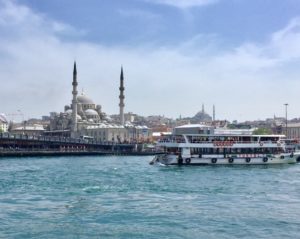
2) Paris, France
Paris is the capital of France with a population of 2.2 million people and is a major center of fashion, finance, commerce, and the arts. Celts first inhabited the region in the 3rd century BC and the Romans conquered the area in 52 BC. By the 12th century, Paris became the political, cultural, religious, and economical capital of France.
Paris is the birthplace of the gothic architectural style and has buildings in the French Renaissance, Classical revival, Art Nouveau, Art Deco styles. Paris is well known for its many museums including the famous Louvre, which is the worlds largest art museum and houses the Mona Lisa painting.
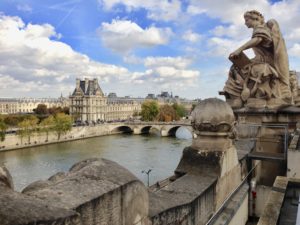
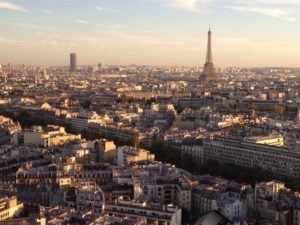
1) Prague, Czech Republic
Prague is the capital of the Czech Republic with a population of 1.3 million people and is a cultural, political, and economic center of central Europe.
Luckily, Prague avoided serious destruction in WW2 and has one of the world’s most pristine and diverse collections of architecture including Gothic, Renaissance, Baroque, Romanesque, Rococo, ultra-modern, Art Nouveau, and Cubist. Top sights include Prague Castle, Prague Astronomical clock, Charles Bridge, Municipal House, and Old Town Square.
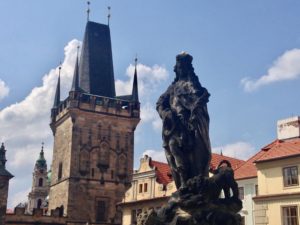
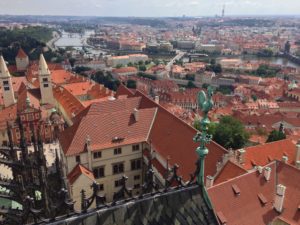
Honorable Mention:
- Munich, Germany
- Lisbon, Portugal
- Stockholm, Sweden
- Bucharest, Romania
- Copenhagen, Denmark
Conclusion
In conclusion, Europe is a continent with many countries, cultures, languages, and cuisines. A well planned trip to Europe will include destinations to cities that that show off these differences. For those that are a fan of history and architecture, visiting cities that avoided destruction from wars are an absolute joy. No other place in the world contains more majestic thousand year old monuments that are still standing strong today.
If you like my photos, follow me on Instagram: @BLTraveler
- Top 10 Countries to Visit
- Top 10 Countries to Visit in Africa
- Top 10 Small Towns to Visit in Europe
- Top 10 Countries to Visit in Europe
- Top 10 National Parks in America
- Destination Report: Southern Italy
- Destination Report: Prague, Czech Republic
- Destination Report: Jordan
- Destination Report: Marrakech, Morocco
- Destination Report: Moroccan Desert
- Destination Report: Oman
- Destination Report: Masai Mara National Reserve, Kenya
- Destination Report: Samburu National Reserve, Kenya
- Destination Report: Havana, Cuba
- Destination Report: Seoul, Korea
- Destination Report: Saigon, Vietnam




